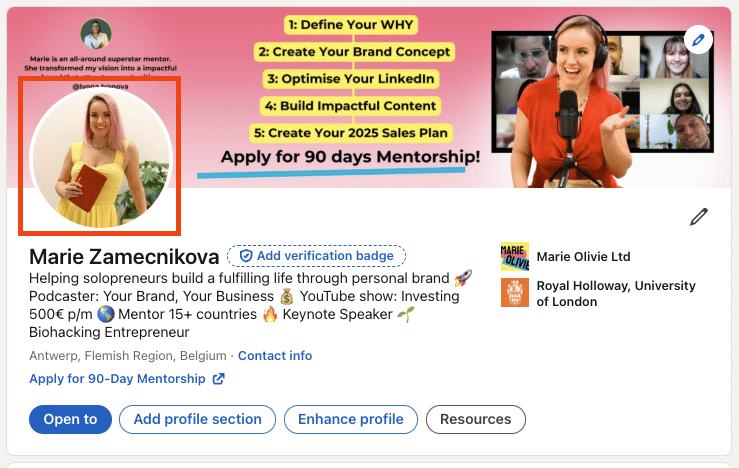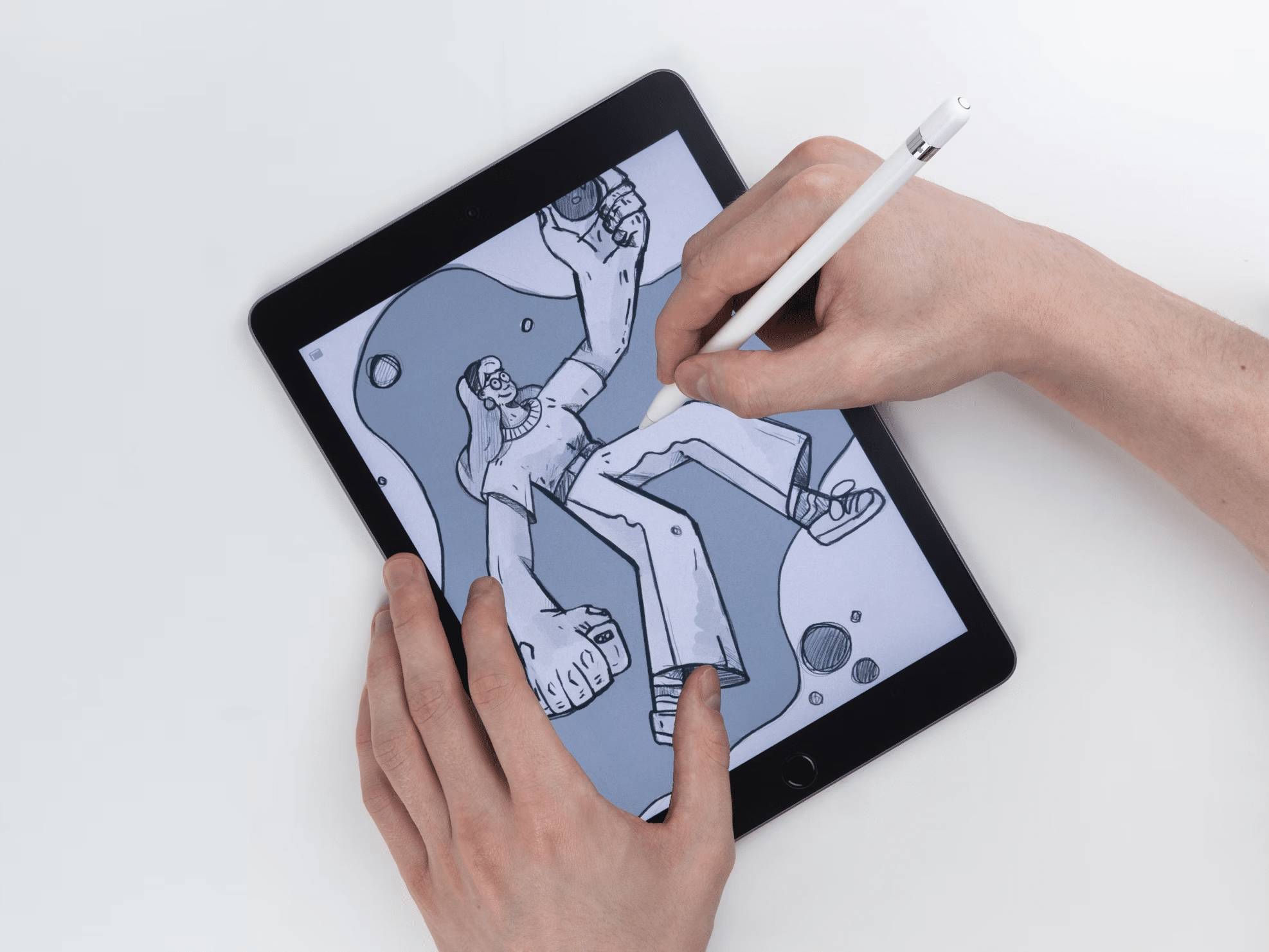When creating a LinkedIn profile, one of the first things the platform prompts you to do is upload a profile picture. But is it really necessary? While some people prefer to keep their profile anonymous, others understand the value of adding a professional image. In this article, we’ll explore how a profile picture impacts your LinkedIn success, best practices for choosing one, and alternatives you can take advantage of if you prefer not to use a personal photo.
The role of a profile picture in LinkedIn success
Your LinkedIn profile is essentially your digital business card. It represents you to recruiters, clients, and professional connections. A profile picture isn’t just about appearance — it builds trust and credibility. According to LinkedIn, profiles with photos receive up to 21 times more views and 9 times more connection requests than those without it.

Does having a photo make a difference?
Yes, it does. And the statistics back it up. A professional photo helps create a strong first impression and makes you appear more approachable. In contrast, a blank profile or a default avatar may raise doubts about whether your account is active or legitimate.
LinkedIn is a platform built on networking, and having a photo humanizes your profile. People are naturally more inclined to engage with someone they can see, rather than a faceless profile. Whether you are job hunting, networking, or attracting clients, a good, professional picture vastly increases your chances of success.
How recruiters and clients react to profiles without a picture
Recruiters and clients often skip profiles without a picture, because they seem incomplete or untrustworthy. In a professional world, where credibility is crucial, not having a profile photo can make it look like you have something to hide (or like you are not even a real person, but simply a bot account). Clients searching for freelancers or business partners might also hesitate to engage with someone who hasn’t put effort into their profile.
Best practices for choosing a LinkedIn profile picture
If you make the smart decision to upload a photo, it’s essential to choose one that reflects your professionalism. A well-chosen picture can enhance your credibility and help you stand out.

What makes a great professional photo?
- High quality – use a clear, high-resolution image.
- Professional appearance – wear appropriate attire for your industry.
- Neutral background – a simple, uncluttered background keeps the focus on you.
- Friendly and approachable expression – a slight smile makes you look more inviting and engaging.
- Centered composition – your face should be well-framed and take up around 60% of the image.
Common mistakes to avoid when uploading a picture
- Using a casual or party photo – LinkedIn is a professional platform, not social media.
- Group photos – your picture should feature you only, not multiple people.
- Overly edited or filtered images – keep it natural and professional.
- Wearing sunglasses or hats – your face should be clearly visible.
- Outdated pictures – use a recent photo that represents your current appearance.
Alternatives if you don’t want to upload your picture
If you’re uncomfortable using your personal photo on LinkedIn, there are still ways to maintain a professional presence without a traditional headshot.
Using avatars and illustrated headshots
Some professionals opt for illustrated portraits or avatars instead of real photos. There are online tools that allow you to create a professional-looking digital avatar that still represents you in a polished way. You can also hire a professional illustrator, if you want to seem classy while keeping your privacy.

Privacy settings for limiting visibility
If your concern is privacy, there might be a better way than not having a profile picture. LinkedIn offers options to control who can see your profile picture. The available settings are — visible to your 1st-degree connections only, your network, all LinkedIn members or anyone on the internet. This allows you to maintain some level of privacy while still appearing professional.

